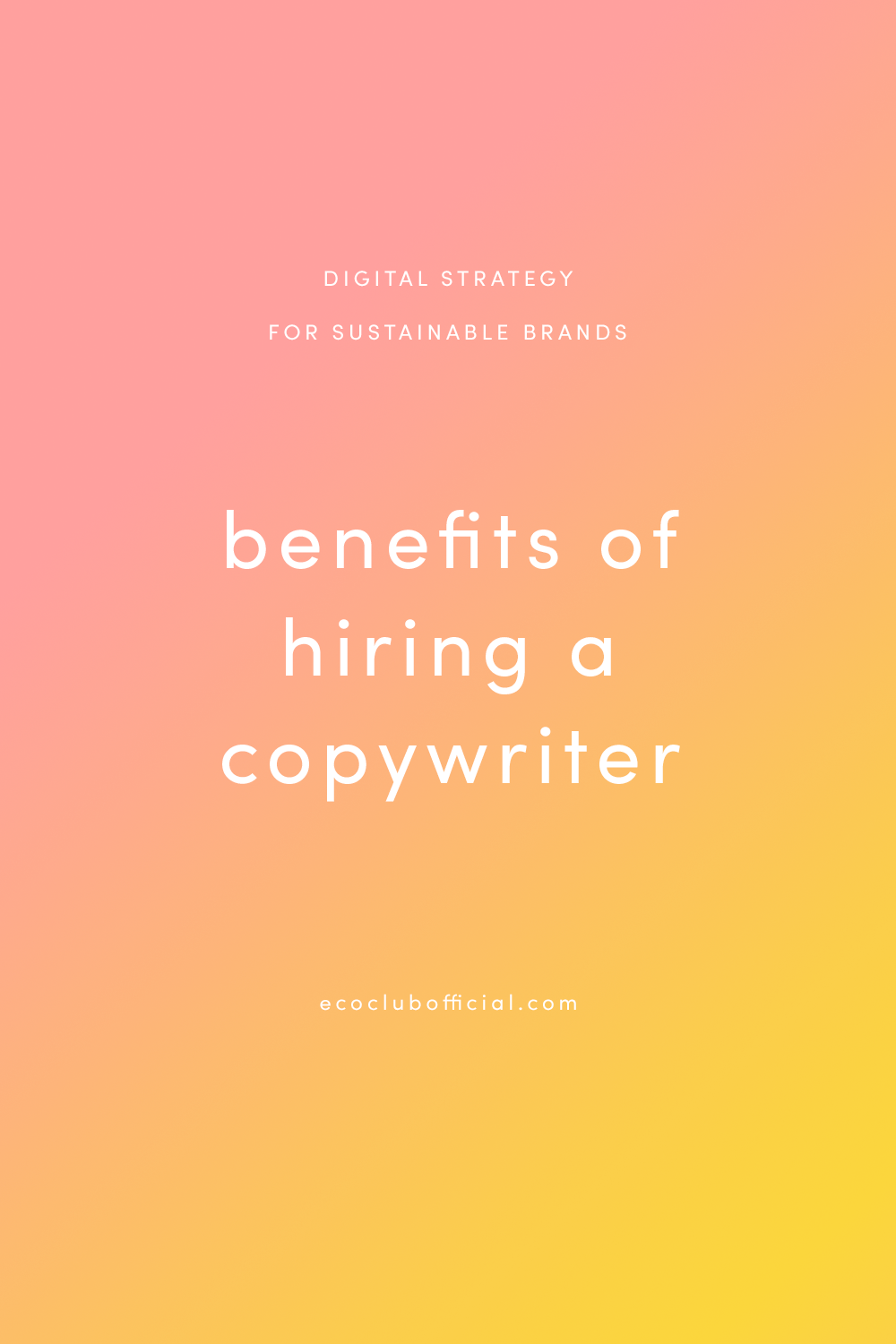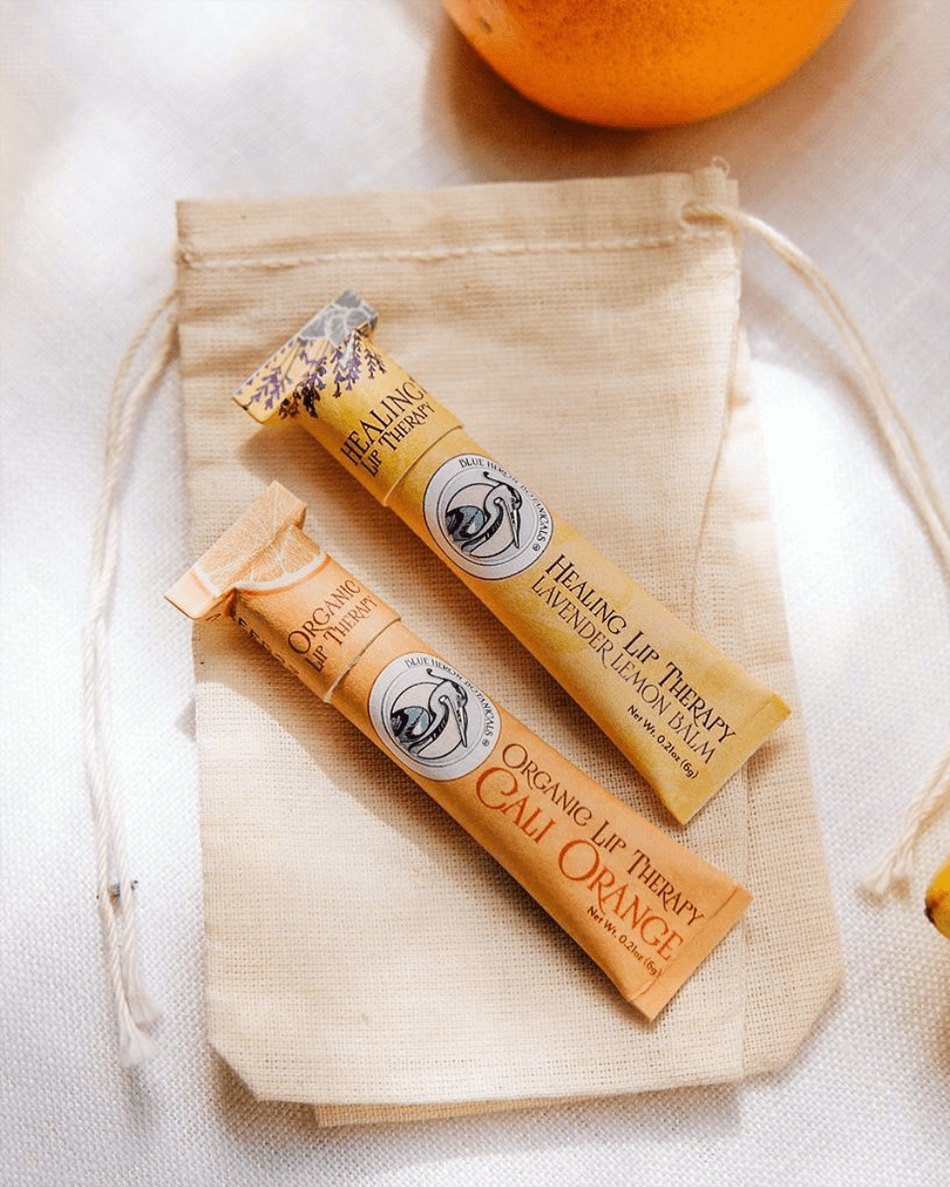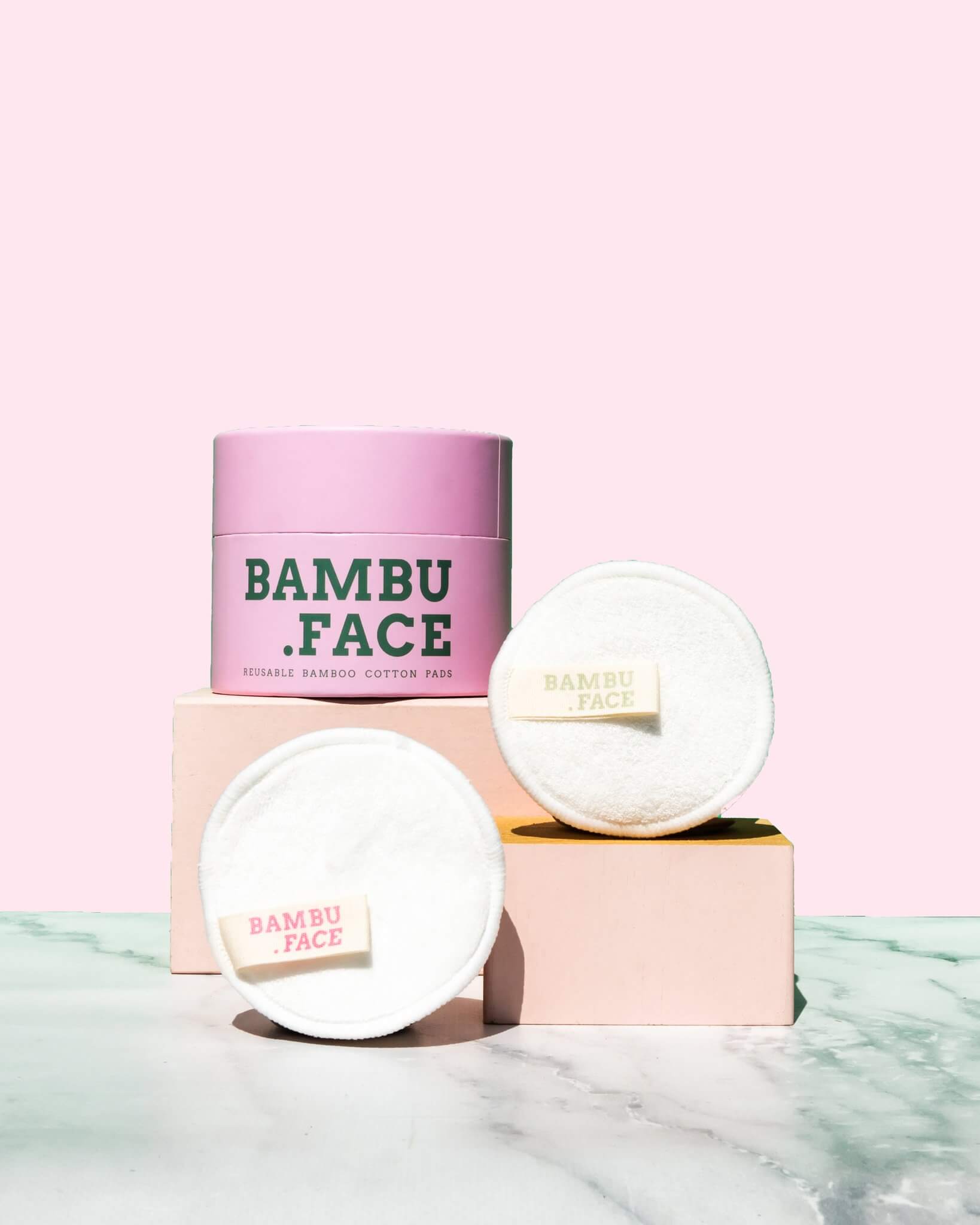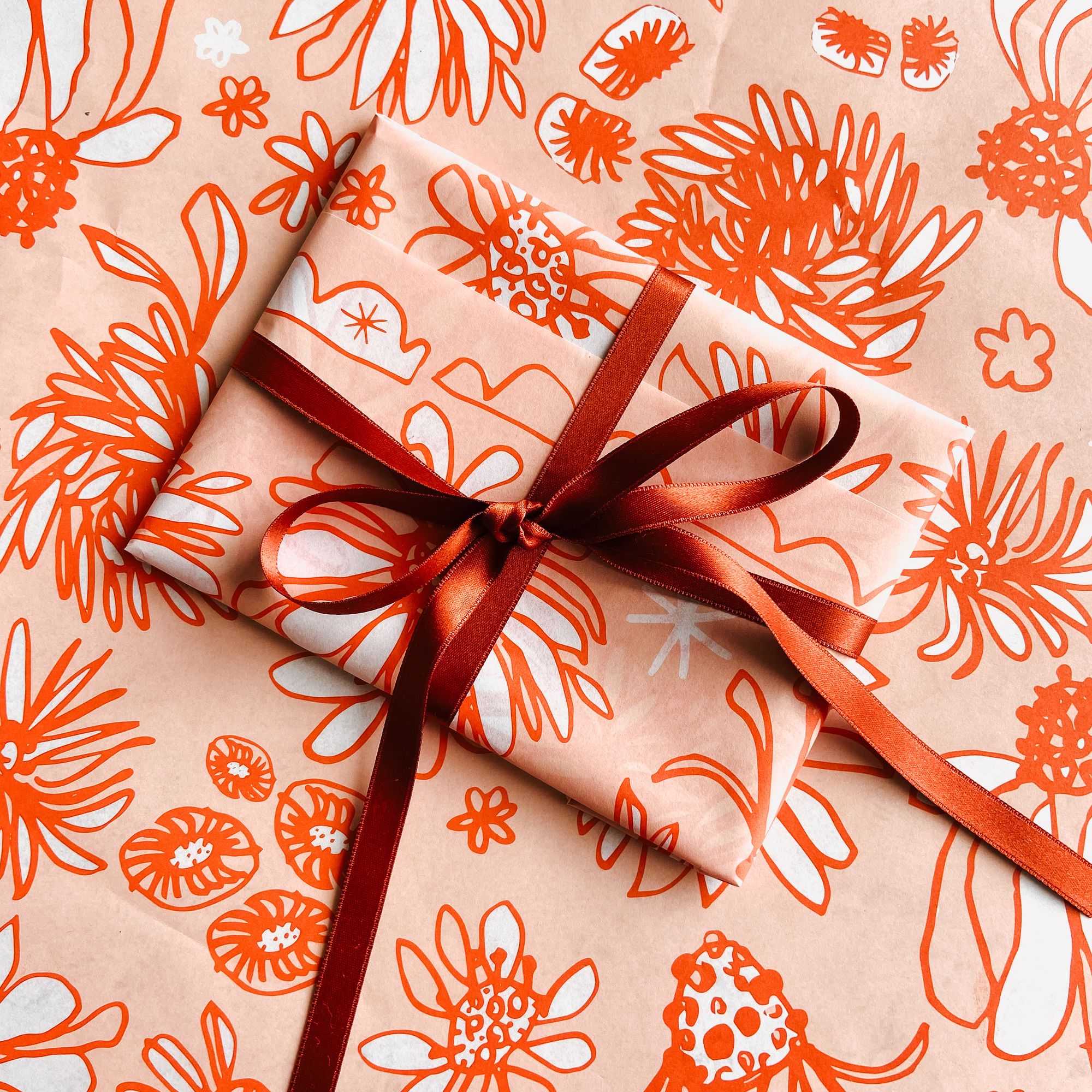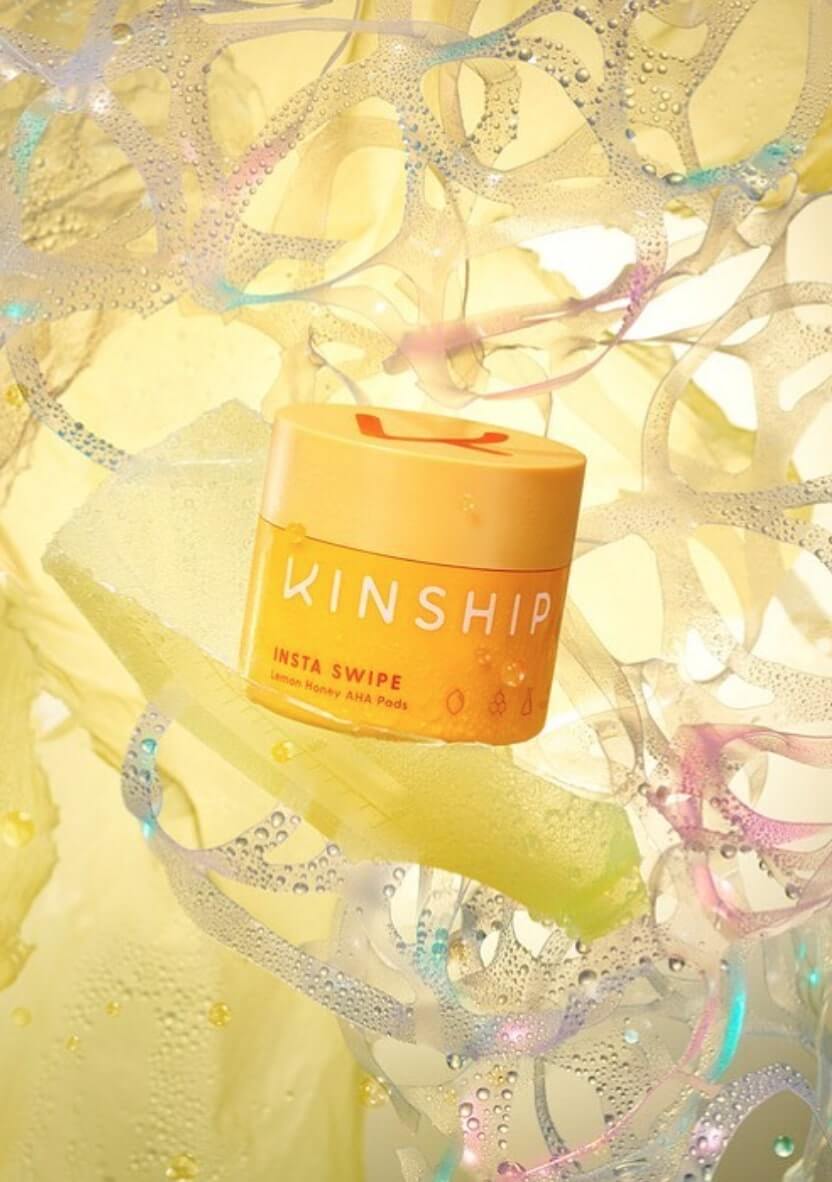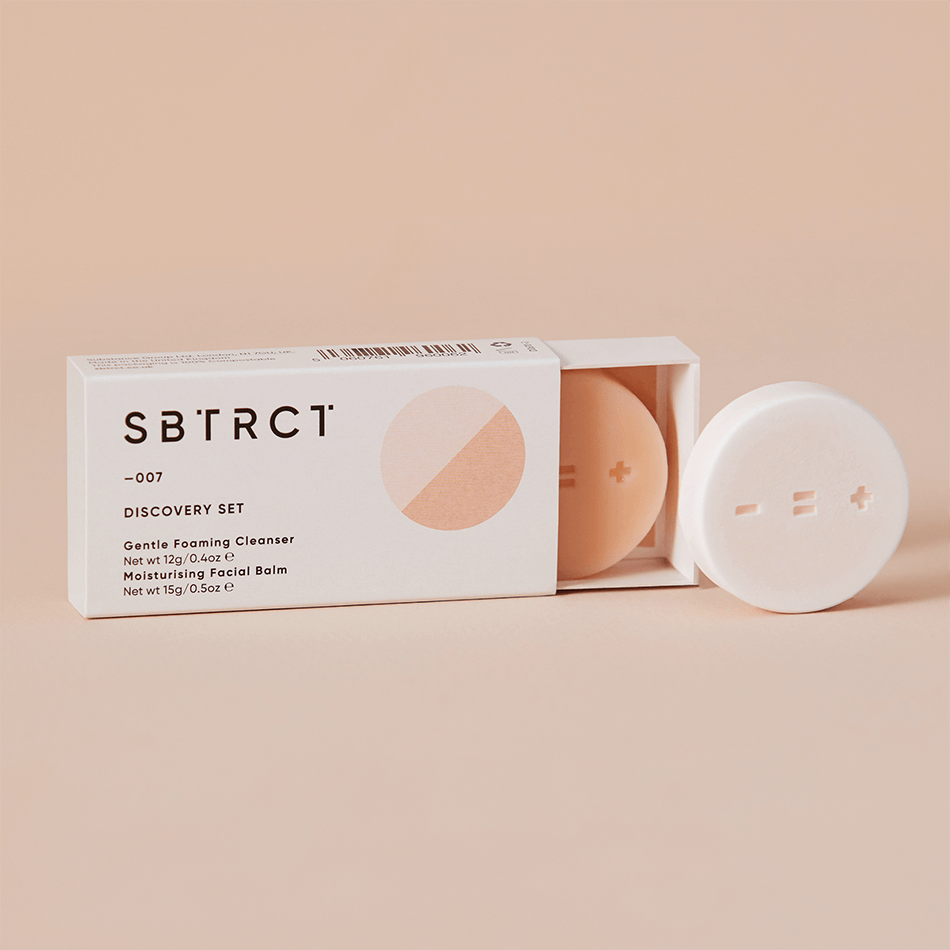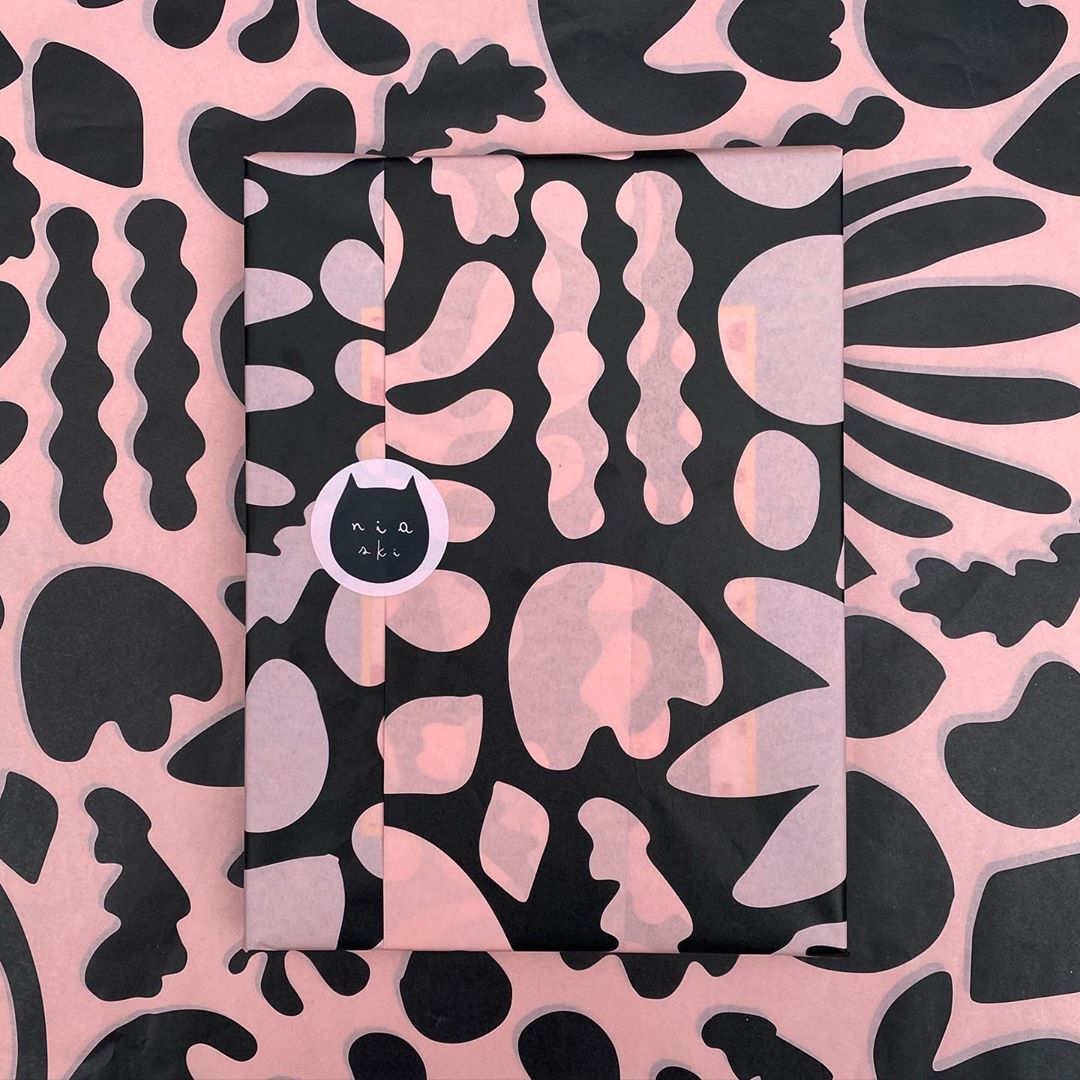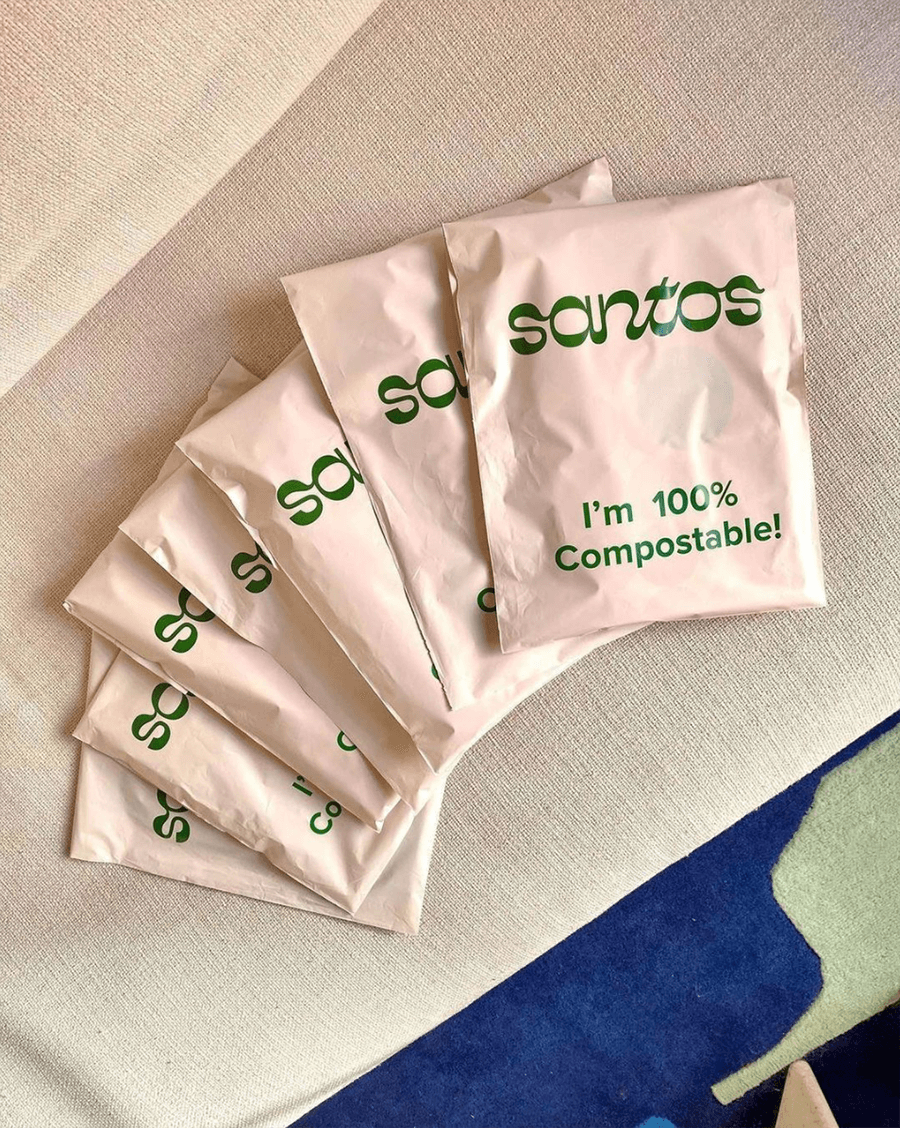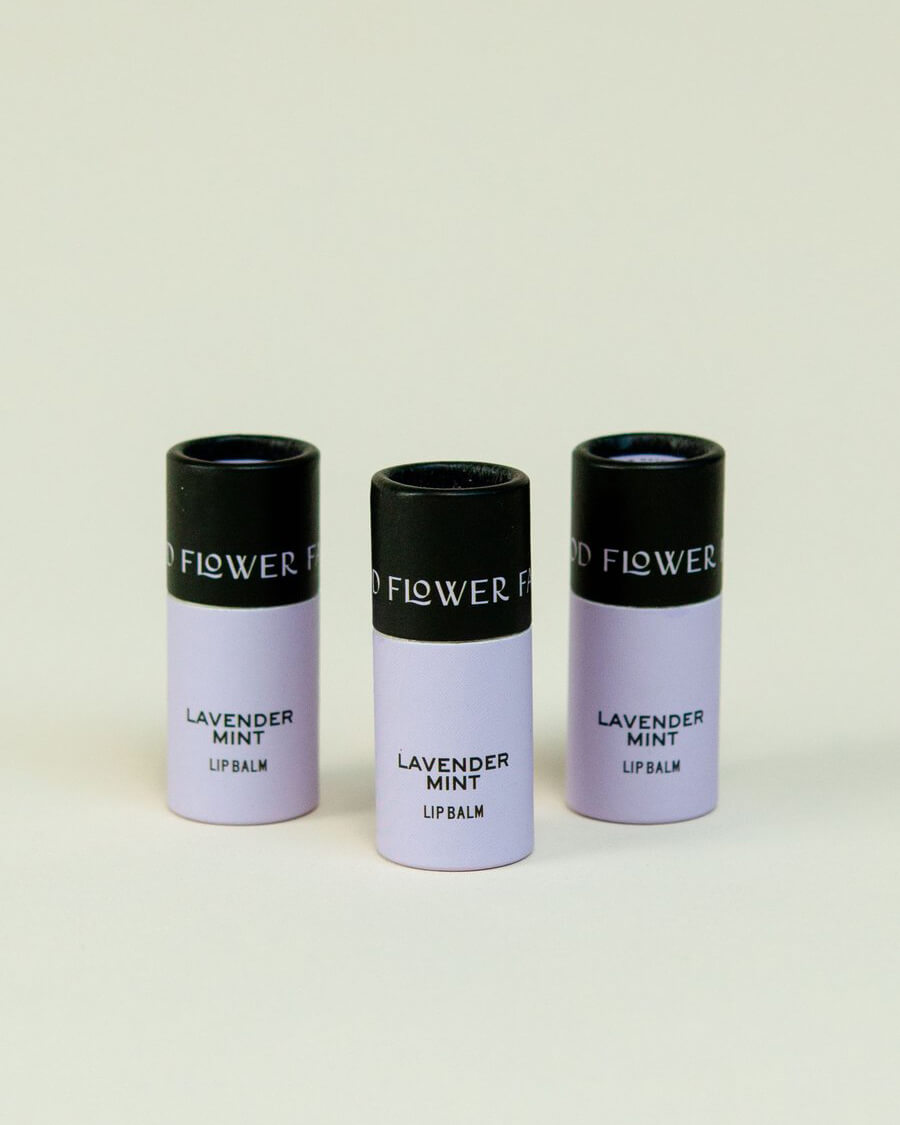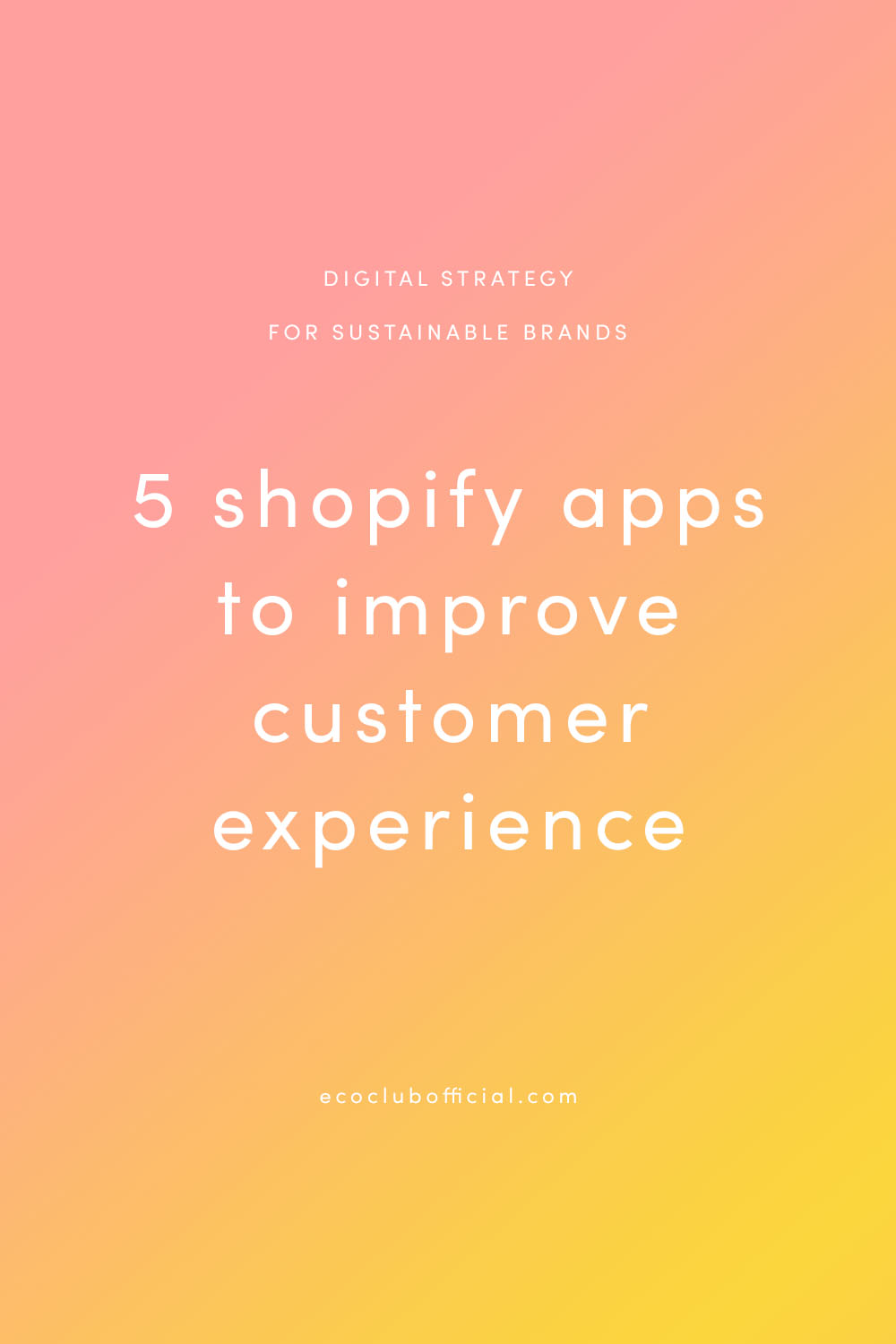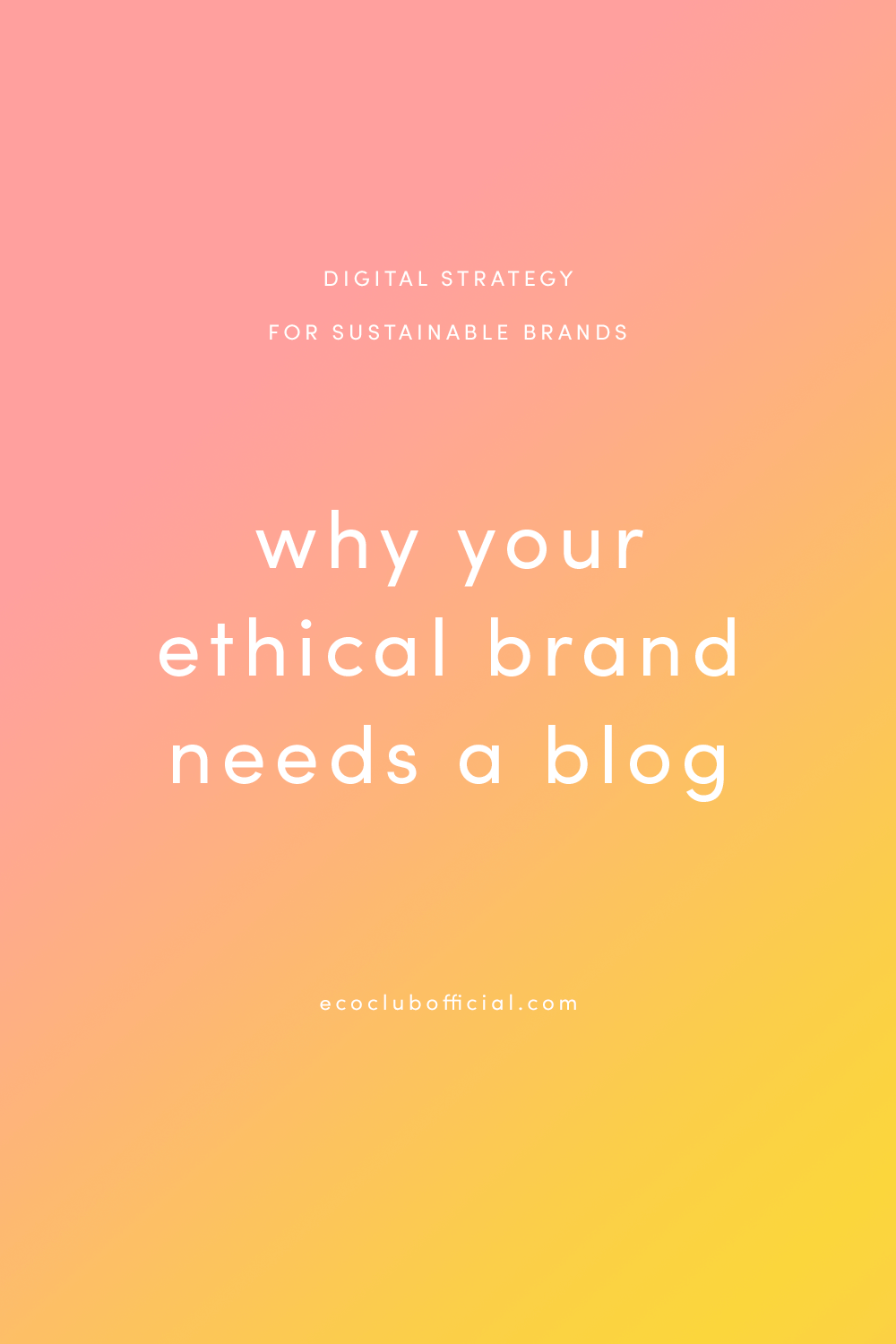Starting a business? Or just looking for sustainable jewelry brands? Either way, you’ll want to hear from Pelin Cinar, founder of our latest directory member, ethical jewelry brand Milk & Rose on all things jewelry, sustainability, and shopping consciously. Read our interview below, sprinkled throughout lots of lovely images of Milk & Rose earrings, rings, necklaces, and more.
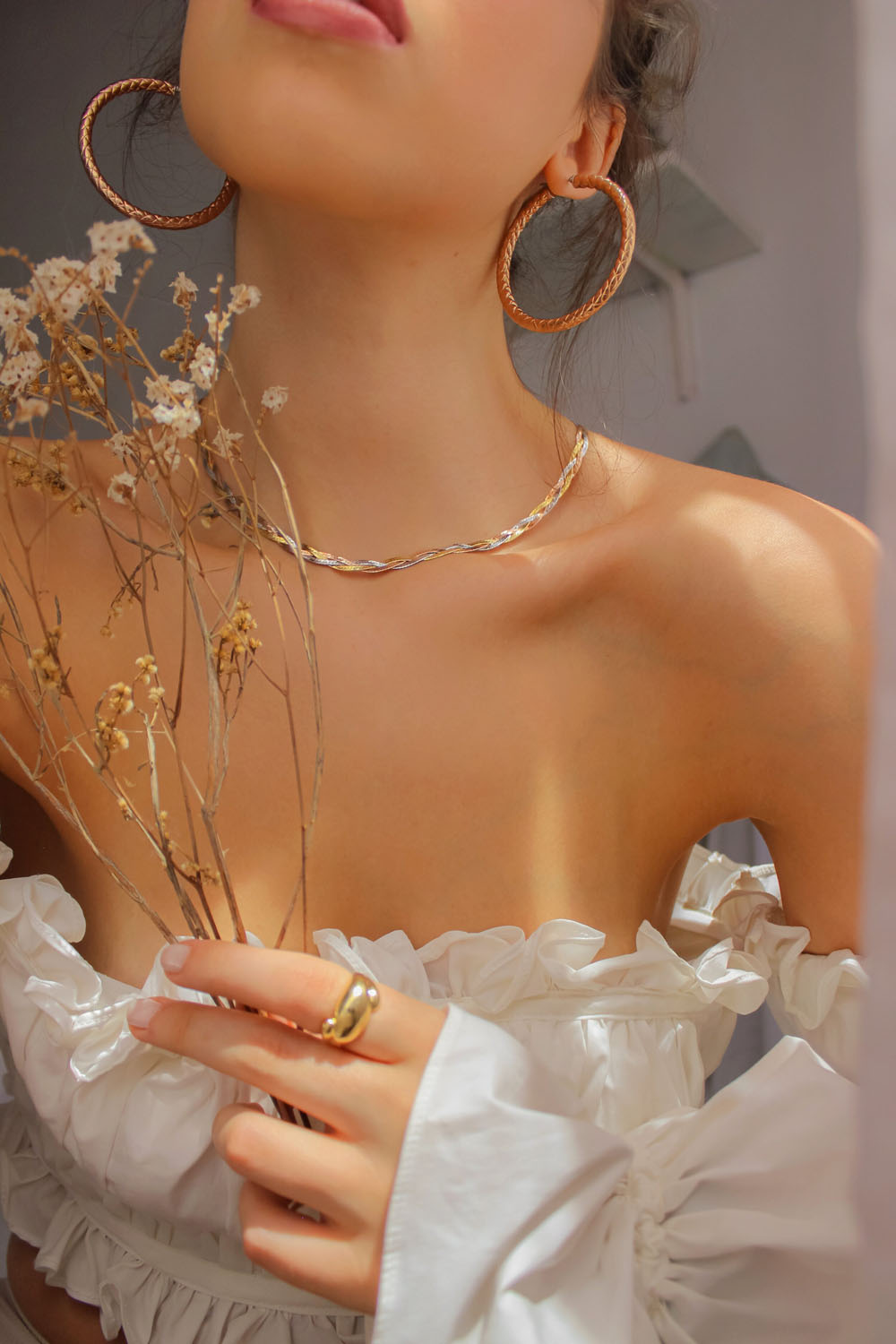
Tell us your journey to bringing your designs to life. How did you find your manufacturers? What challenges did you come across in the industry?
My initial manufacturer research was based on the reliability, traceability, and the respectability of the manufacturing company. The jewelry industry is plagued by large suppliers producing very similar designs. This became our biggest problem; how do we generate the revenue necessary to create unique designs while placing orders large enough to warrant a contract with these larger suppliers.
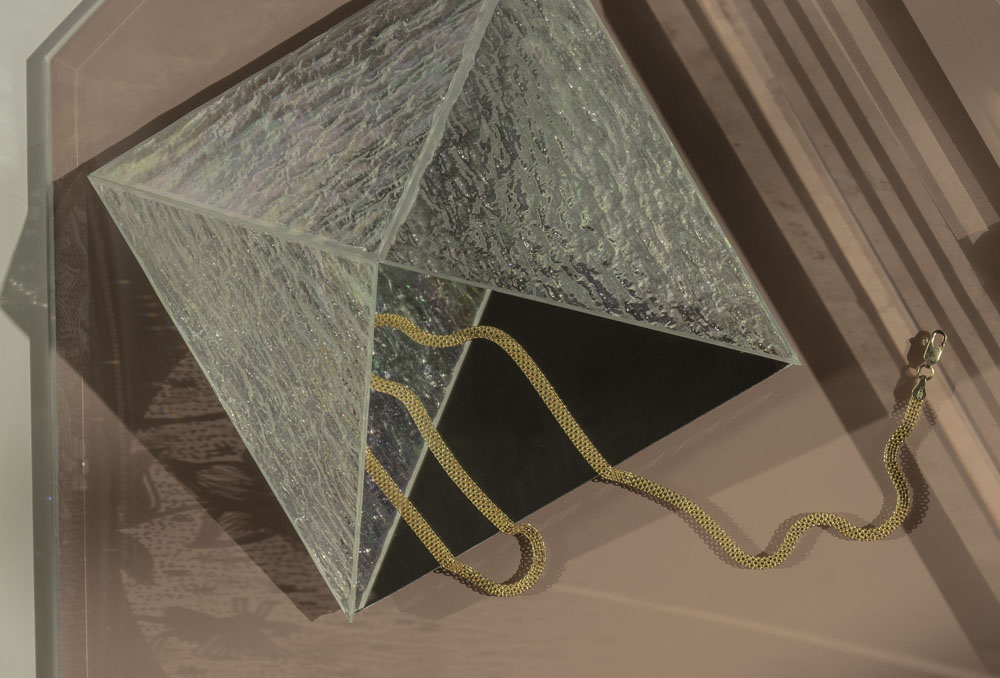
After almost a year of many different tours, many samples, and a terrible number of no’s we were able to foster a relationship with a major supplier based out of Italy and Turkey. Both regions known for their craftsmanship. We were able to negotiate a contract allowing for some creative freedom, albeit limited. However, this allowed us to launch our first few collections.
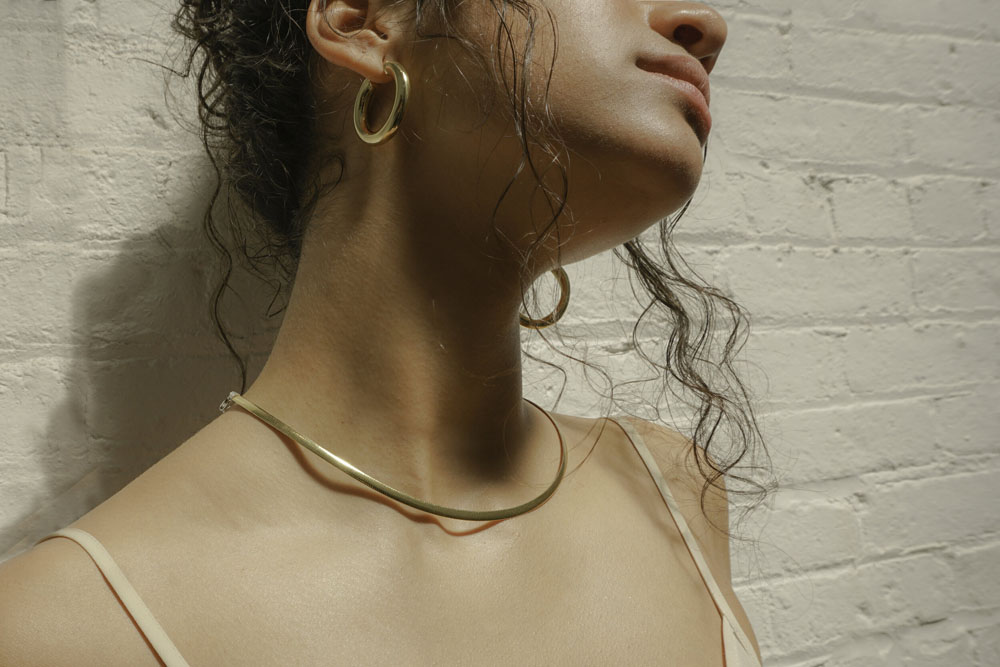
Now that we have generated the capital necessary we look to take on more ambitious designs unique and true to the core ideals of the brand.
We have partnered with two artisans based out of Istanbul, their families of which have worked in jewelry making for several generations. This dedication to the craft and art form is why I was drawn to their shop and ultimately was the reason we formed a partnership. They will produce a brand new unique collection, completely handmade. This is only one of many new products we wish to introduce in the next year as we expand our offerings.
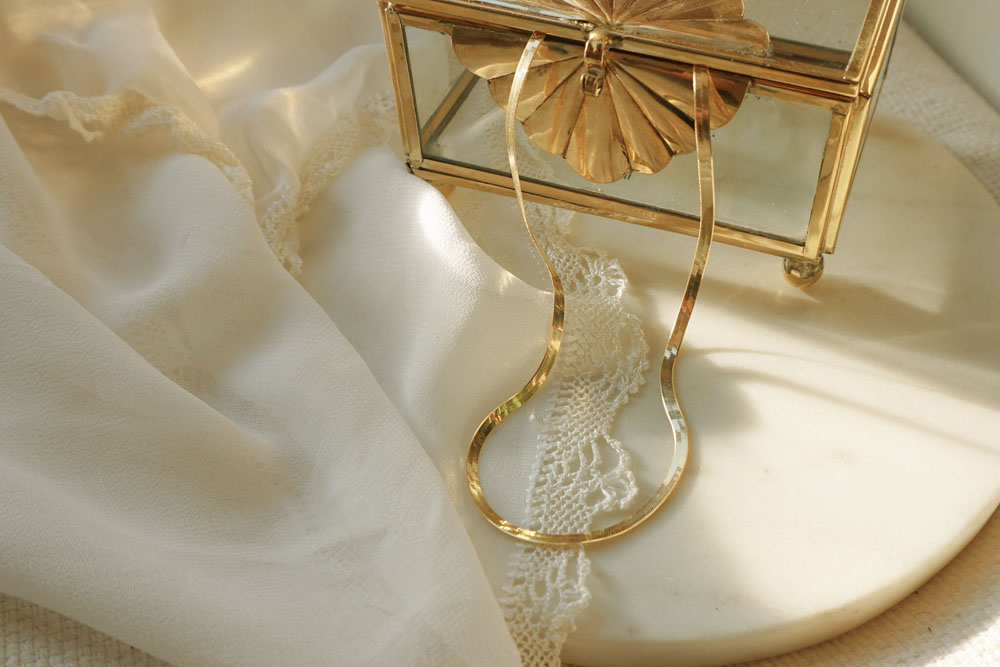
Over the last six months we have exploded, landing in a few different store fronts as well as online marketplaces. This increased exposure and reach has allowed us to begin fostering a community reflective of our ideals. In the next year we look to launch a blog and email chain featuring educational material on sustainability and lifestyle.
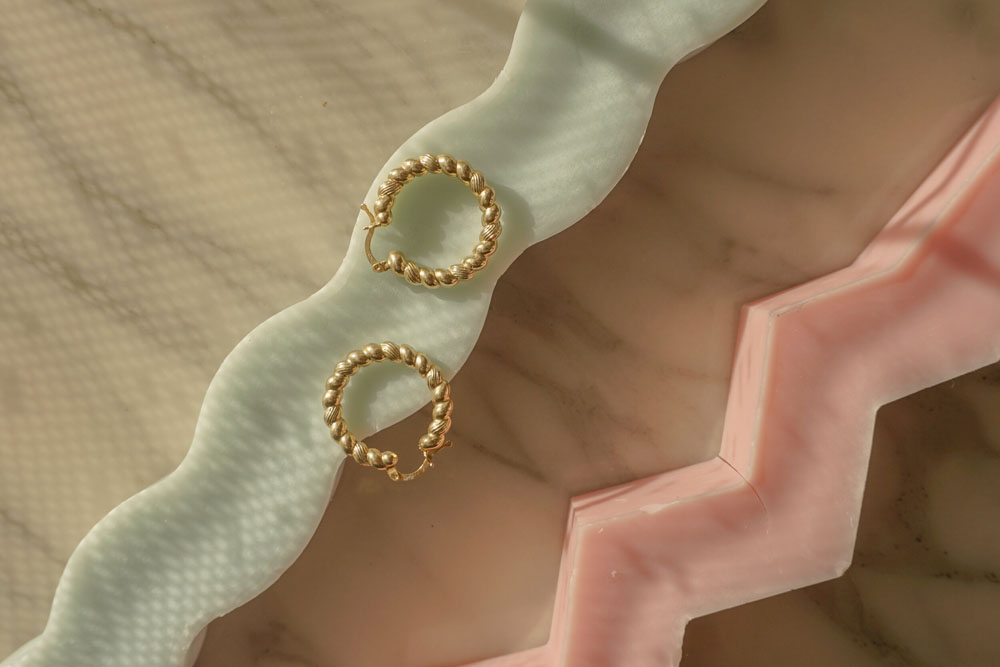
This new direction Milk and Rose is leaning towards is actually the direction I have always wanted to explore as my goal is not promoting the fast-fashion / factory made (even when it’s ethical), but more so special items to keep for many years, made by someone who is an expert in their field and make their art with love.

Silver is a precious, yet fragile soft metal that needs to be protected well in order for it to arrive to its final destination without dents and scratches. Unfortunately that means multiple packaging!
While brainstorming for the packaging, my goal wasn’t just for it to be 100% biodegradable, but also high quality and pretty enough to be reusable many times after. It’s one of those things that are “just too cute” to throw out, you know.
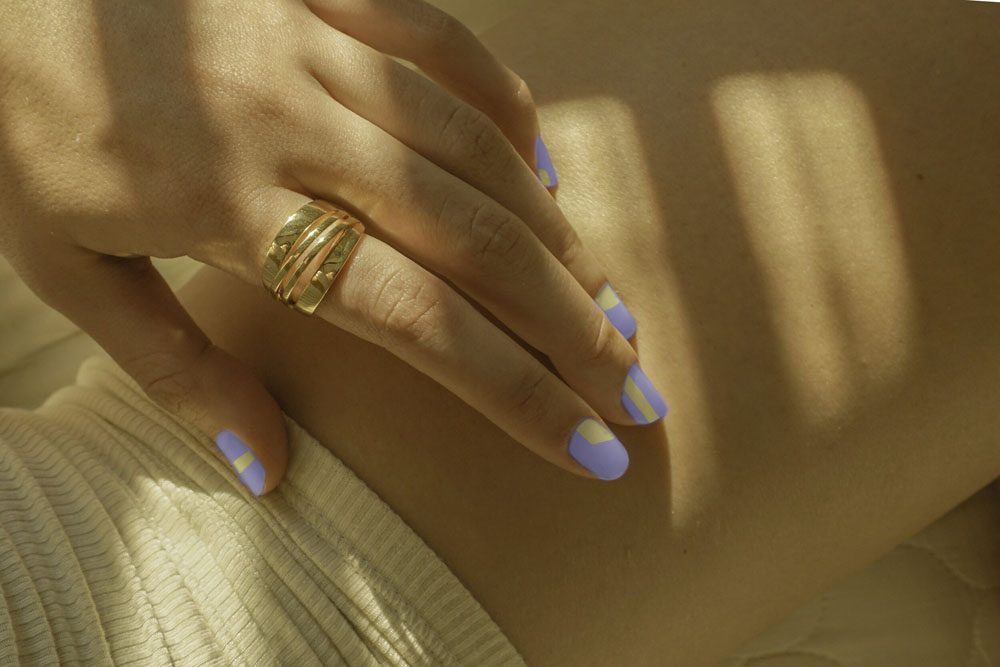
The packaging we use consists of a cardboard shipping box, cardboard jewelry box with a drawer, cotton pouch, (paper earring holder if applicable). All our cardboard packaging has FSC certification which means products come from responsibly managed forests that provide environmental, social and economic benefits. Our pouches made out of cotton which could be used to store any kind of jewelry and is intended for reuse and storage of the product.
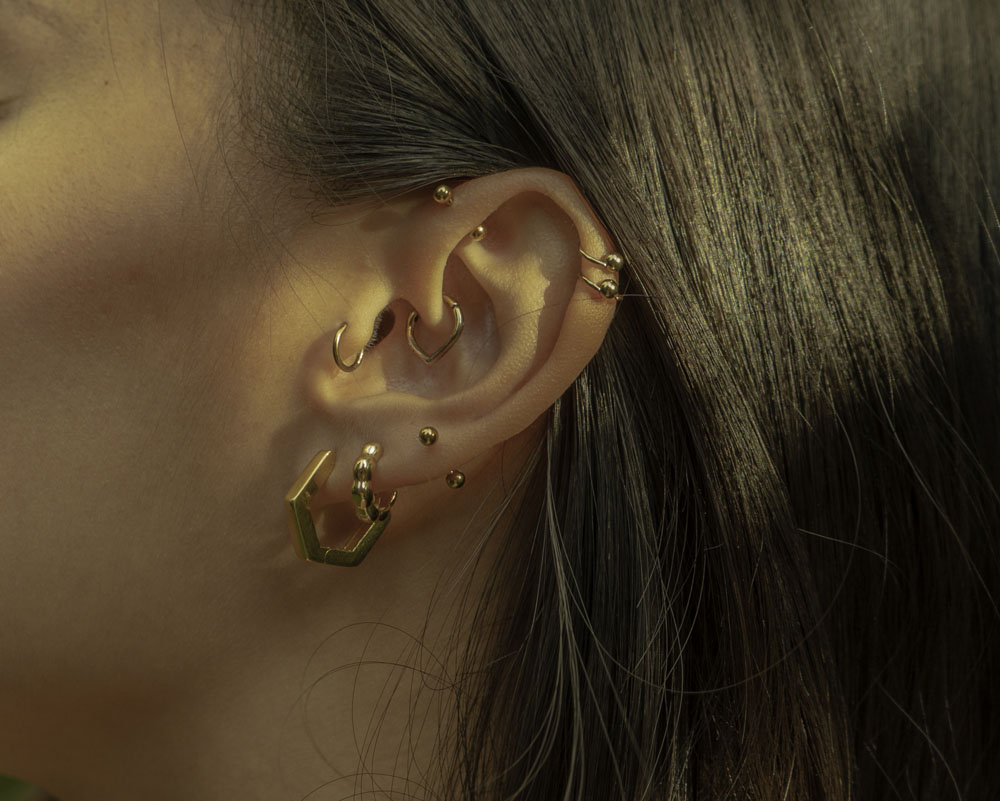
Tell us about your sustainability journey up until you started Milk & Rose. Have you always been passionate about sustainable/ethical design and consumerism?
Sustainability has been extremely important to me since I was aware of the consequences my actions make. When I first started to change my actions, it was rebellious or “annoying” to be conscious, now it’s annoying to think it was any other way.
Since sustainability wasn’t the hip marketing technique, I knew whatever I do, it was going to be as sustainable as I possibly could make it to be. Because as a person, I can only change my own actions, but as a company I can be a part of the change of other people’s actions, and it is powerful to have an impact towards the future I want to live in, and leave behind.
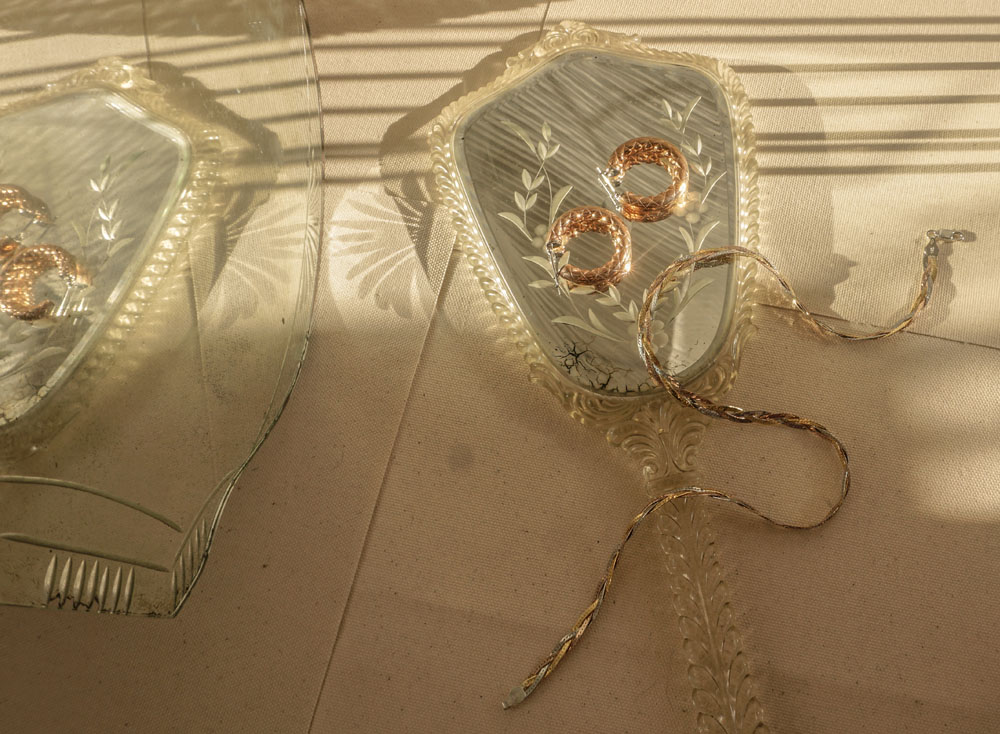
This actually shaped my company and helped me have a clear direction and a goal. I wanted to make sure that every decision I made, I could call “ethical”. This makes it very difficult to just release new products, or work with different companies, but on the flip side it makes me really aware of every aspect of a product offer, slows me down and reminds me again and again why I do what I do.

Of course, there are things I learned along this journey, things that could have been done better, more ethically, but it’s also a learning process for me, and as I learn, I adapt, change, and improve.
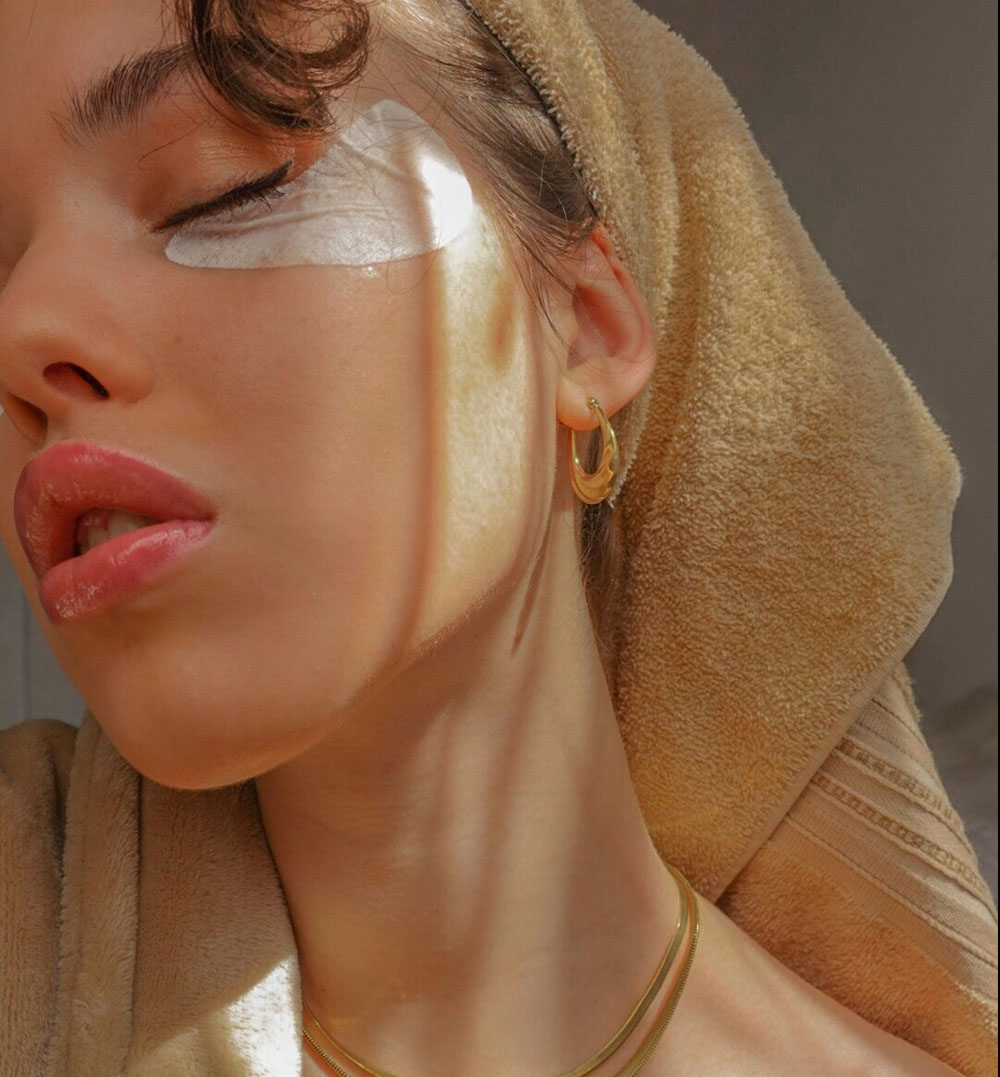
It’s also very interesting to be on the other side of the transaction: to create “that” thing people buy, and all the power you have in that offering and its final state. Demand is very important, yes, but a product could easily be adapted to sound like the demand by many marketing techniques, which makes it difficult to be a conscious consumer and as a consumer myself, I go through this challenge during every purchase decision.
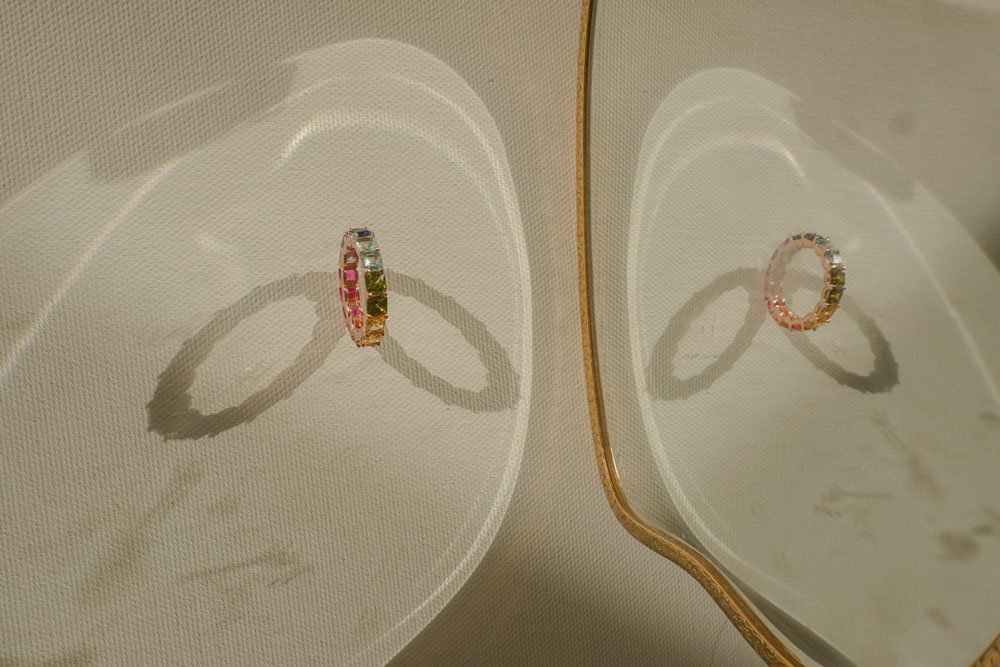
My company is small right now, but my long term goal is to create a marketplace where people can shop without worrying about their impact because that will be executed well beyond its fancy sounding “sustainable” label, with actual practices backing it up.
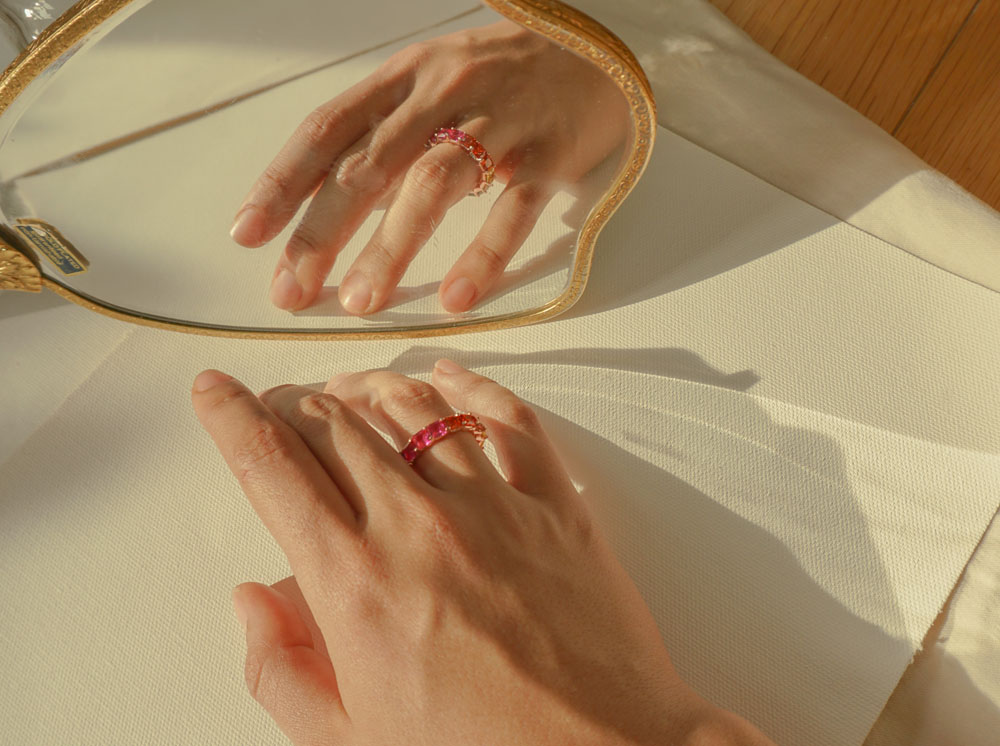
What is your personal philosophy when it comes to shopping consciously?
I am one of those customers who spend hours at grocery stores, reading the back side of each product, knowing what PLU number is organic, with pesticides, with GMO. At the clothing store I’m the customer who is trying to find that little tag that tells you what kind of fabric the item is blend of.
My personal philosophy is—I’m not supporting and investing in your business even if I love your product—unless your business has the right intentions and does right.

I love shopping small, but I do shop at big businesses as well, as long as their product fits into sustainable category. At the end of the day, these companies have a big impact on what is put out into the landfills and I want that impact to be a good one.
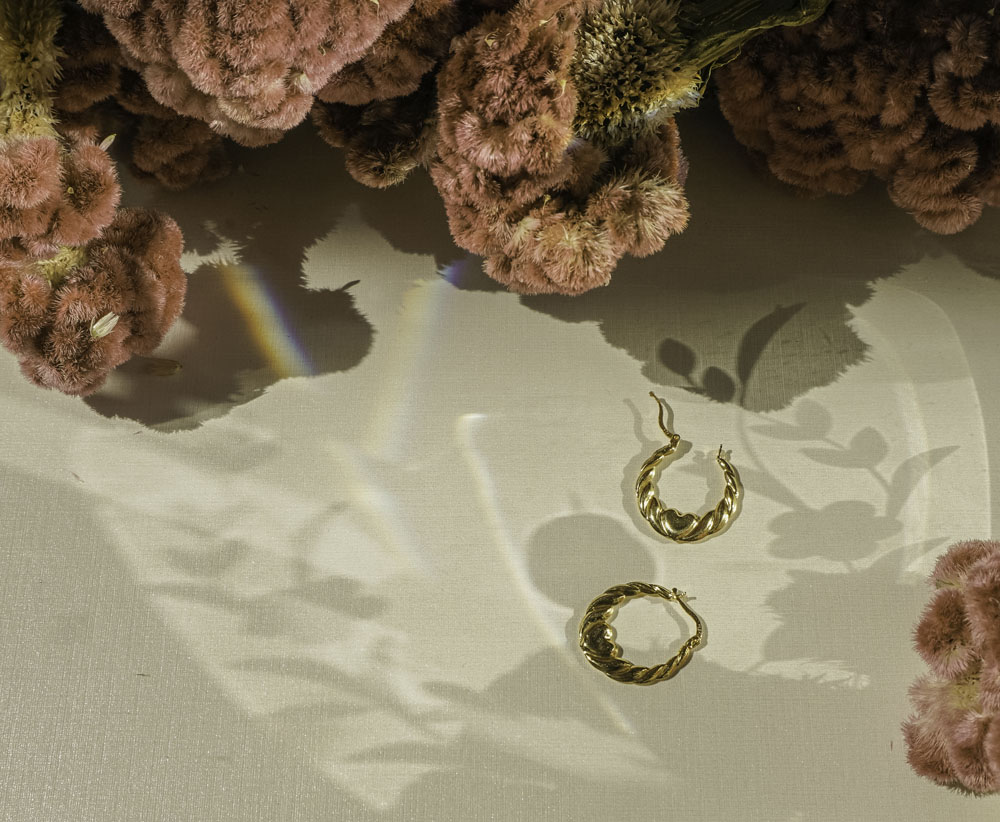
Vida Después doesn’t believe in the end life of fruits, vegetables, and flowers. It creates bright colored natural dyes using the peels, and other parts of the once fresh produce, and flowers. Then uses these dyes to color secondhand clothing and ethically sourced silk… and the end product is just gorgeous.
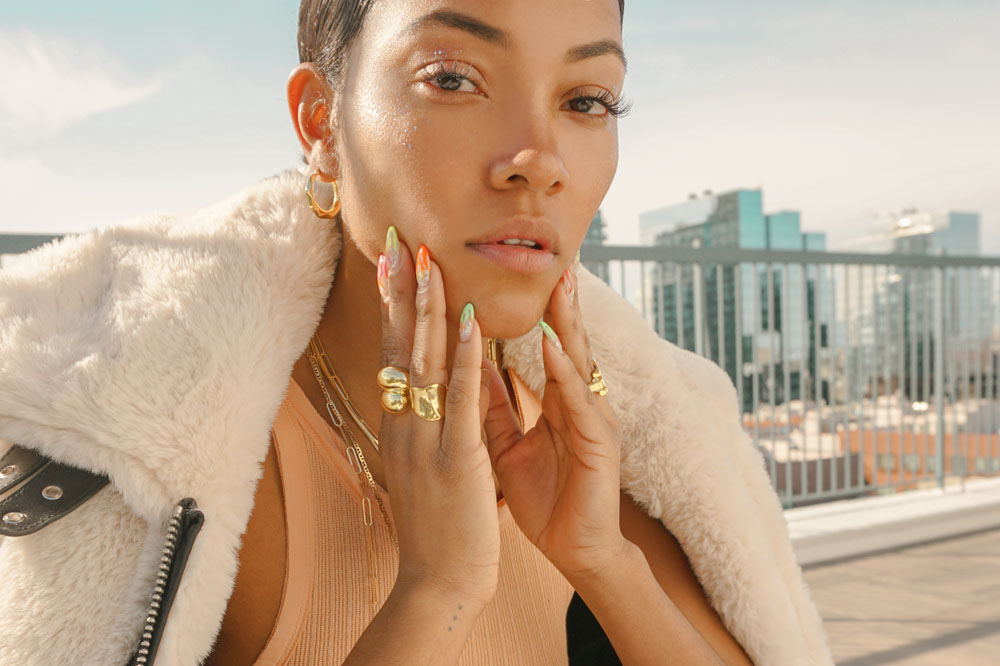
Circular Bodies is a company that designs wellness products using circular practices to achieve sustainability.
I have been exclusively using Circular Bodies body bars since I first discovered them a year ago. The best soap bars I personally have ever tried. The company’s vision and mission is also beautiful which makes me feel good about supporting.
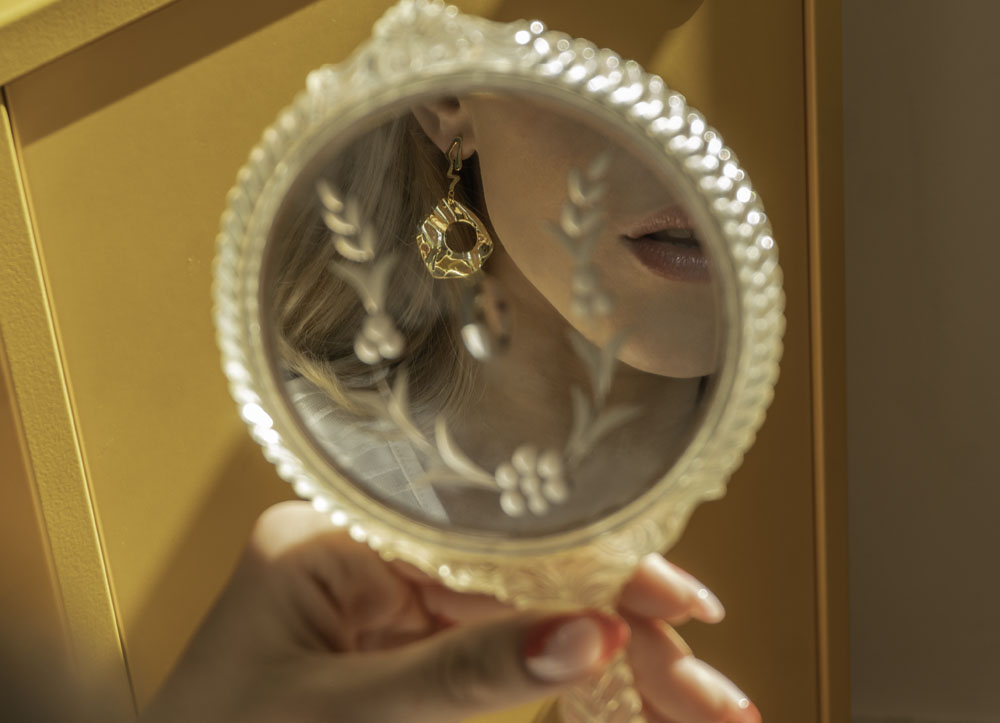
Frost Road House makes the “old” look cooler than the “new”. I have sourced a lot of my props from this one super sweet lady who runs around collects the items and will personally deliver them to you!
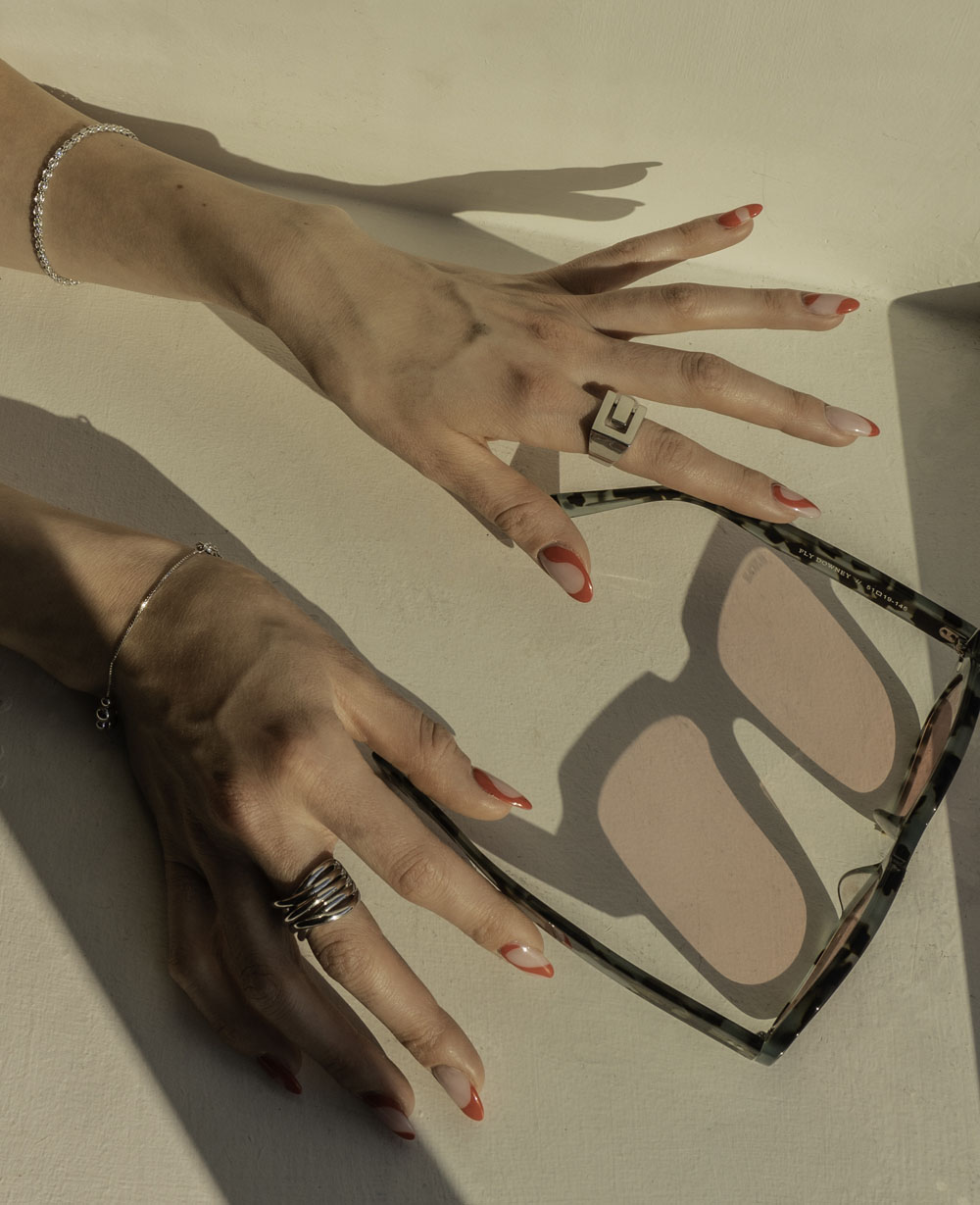
Thanks to Pelin Cinar for sharing your journey to a sustainable jewelry brand, and giving us some new favorite shops to follow!
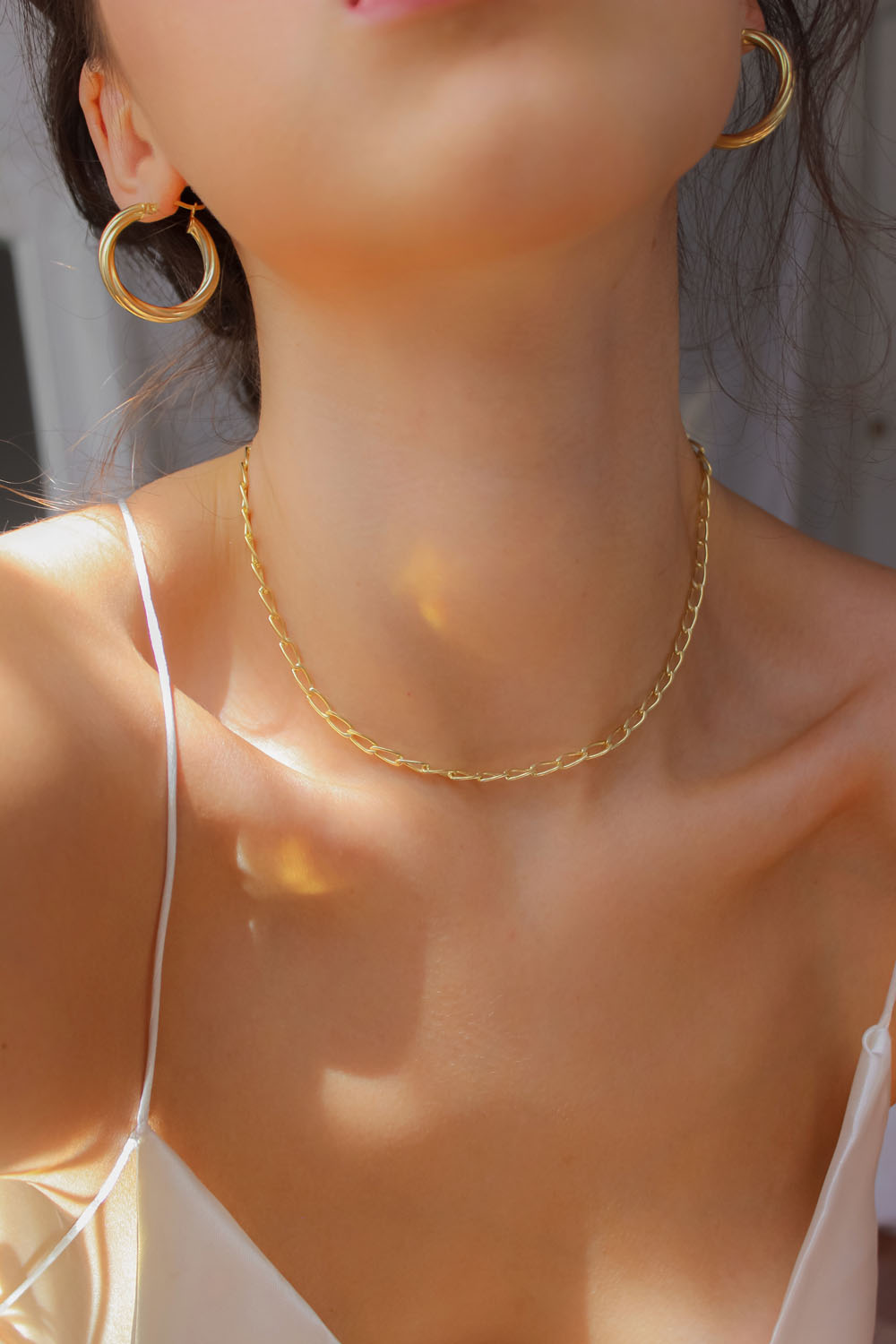
Find Milk & Rose in our ethical shop directory and at www.themilkandrose.com.

